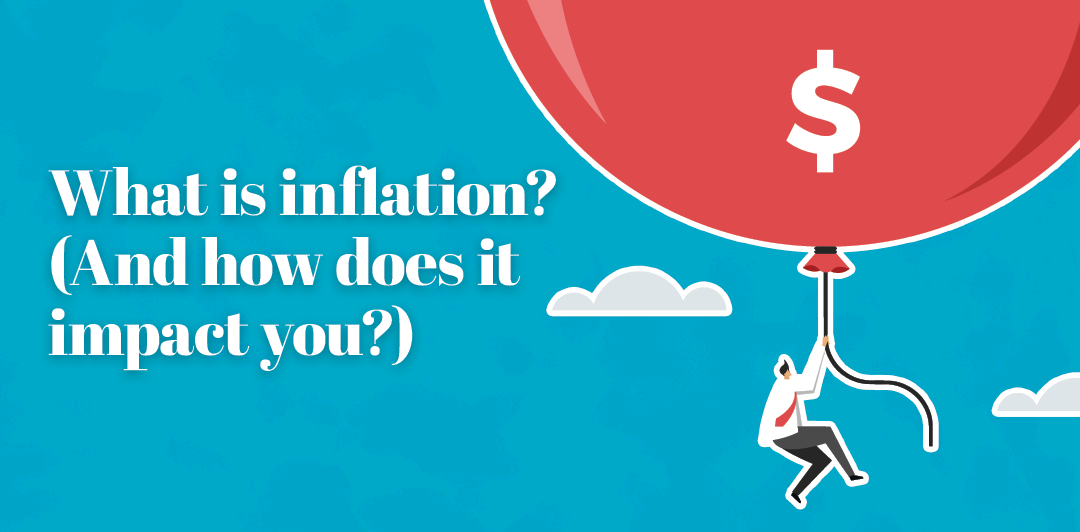


Stock Splits 101
With recent stock splits by two of the world’s largest companies, Apple and Tesla, it is important to understand what a stock split really means.
A stock split is a financial decision that results in a company’s stock being split into either a larger number of shares (regular or forward split) or a smaller number of shares (reverse split).
Despite the change in number of shares outstanding and share price that results from a split, neither the value of your investment nor that of the company changes.
Let’s take a closer look at these two types of stock splits: Regular/Forward splits
Regular/Forward splits
A forward split results in shareholders owning more shares after the split than before, and is the most common type of stock split. Usually, splits must be voted on by the company’s board of directors and approved by its shareholders.
A forward stock split allows a company to make its stock more affordable for smaller investors, particularly when the price of the stock is very high.
Take, for instance, Tesla, which did a 5-for-1 stock split on August 31, 2020. The electric car company’s share price went from $2,230 down to $446. As a result, stockholders who previously held just one share now own five.
It’s worth noting that investors usually react positively to regular stock splits.
Reverse splits
A reverse split, on the other hand, reduces the number of shares a shareholder owns while increasing the price per share. This can cause some shareholders who own fewer than the minimum required number of shares to be cashed out or eliminated.
For example, if you had 400 shares of a company and there was a 1-for-4 reverse split, your 400 shares would now be equal to 100 shares, and the price of each new share would be worth four times more.
Like a forward split, the action must also be voted on by the company’s management and approved by shareholders.
Why do companies do this? It can help reduce administrative costs by decreasing the number of shareholders who require mailed proxies and other documents.
It is also sometimes done to meet the minimum price per share required for a company to be listed on a stock exchange. During the financial crisis, for instance, Citigroup authorized a 1-for-10 reverse stock split, turning a stock trading at under $5 per share into a $40 stock overnight.
Companies rarely conduct a reverse stock split voluntarily. Often, a reverse split is necessary to maintain a company’s listing on an exchange or its inclusion in a major index like the S&P 500. Therefore, a reverse stock split is rarely viewed in a positive light, and it’s common for shares to trade lower after the announcement.
Warren Hurt is the vice president, chief investment officer at F&M Trust
Recent Articles
Join our e-newsletter
Sign up for our e-newsletter to get new content each month.






















